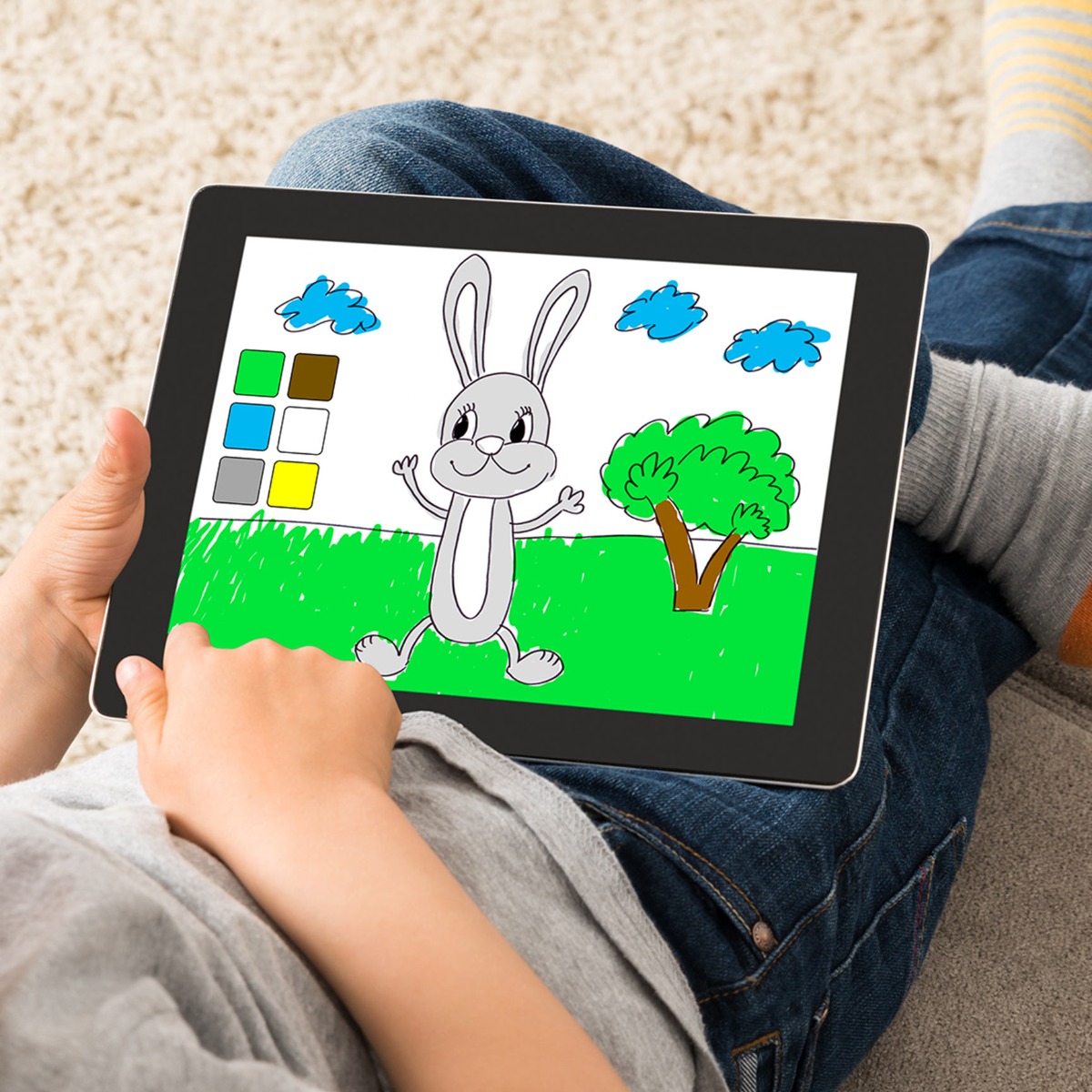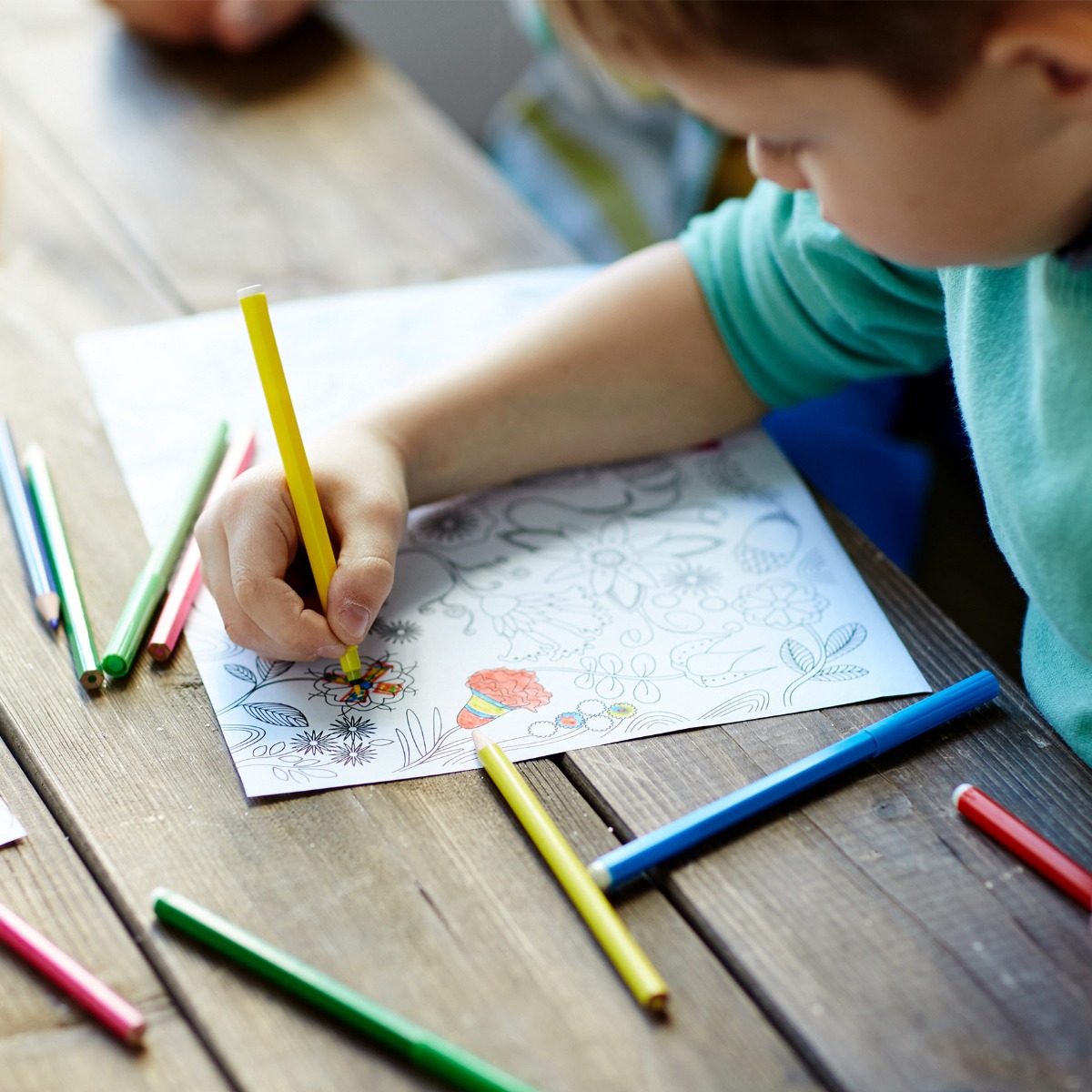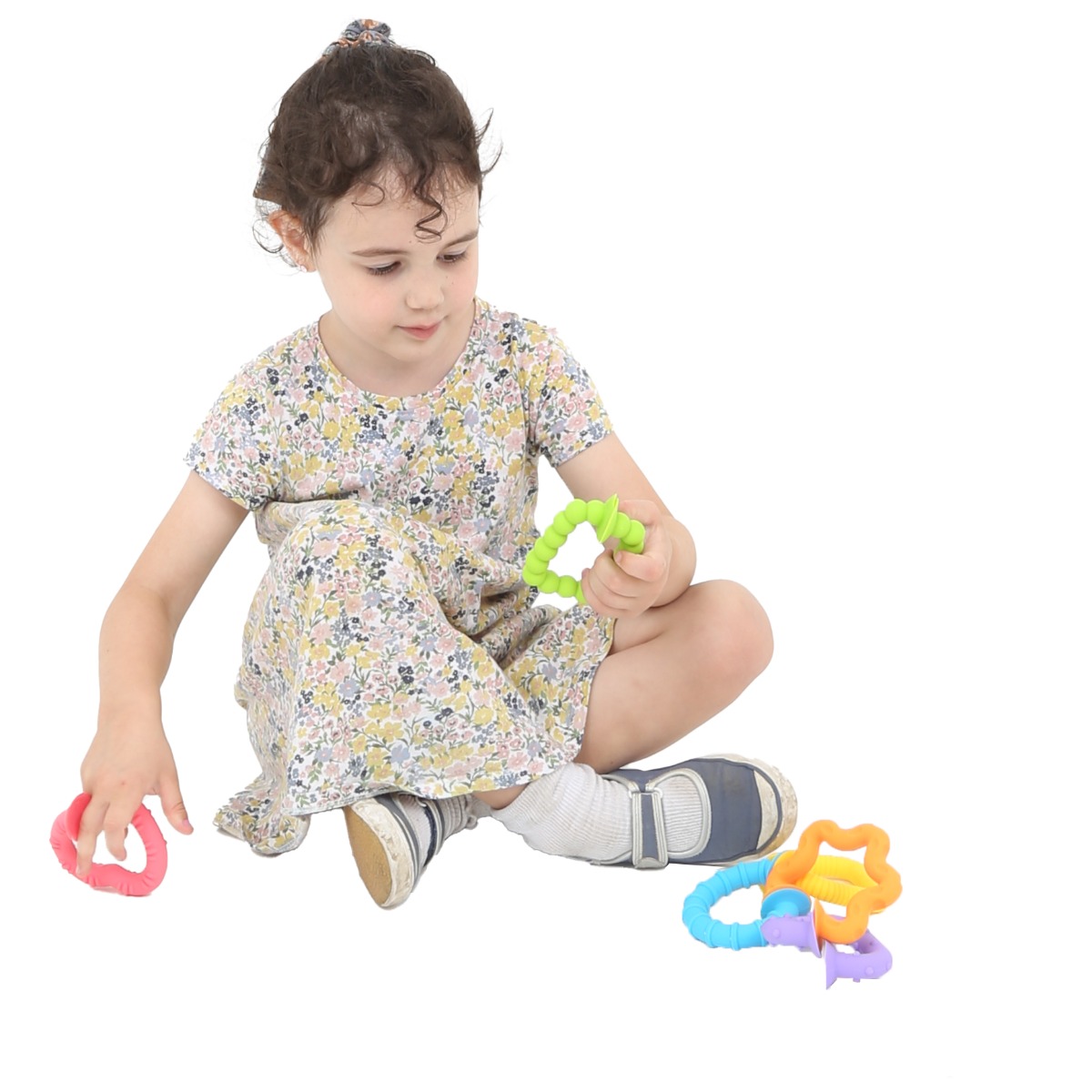Summer can be a magical time for kids – long days, warm weather and the freedom to explore and play. But as much as summer is a break from school, it doesn't have to be a break from learning. Keeping young minds engaged during these months can prevent what's often called "summer learning loss." Here are some practical and fun strategies to ensure your child continues to learn and grow all summer long!
1. Create a Sensory-Friendly Learning Environment
A comfortable and stimulating environment is essential for children with sensory challenges. Tailor their learning space to meet their specific sensory needs. You can designate a quiet, cozy area filled with soft lighting and calming colors. Comfortable seating, such as beanbag chairs, encourage kids to relax and engage in reading and learning. Weighted items, like a Minky Weighted Lap Pad or Weighted Teddy Bear, can also help your child feel more grounded and able to focus.
Keep the designated learning area clutter-free. Maintaining an organized space, with clearly labeled shelves or bins to categorize materials, makes it easy for your child to find what they need and avoid sensory overload. The lack of visual clutter also promotes increased attention for better learning.
2. Incorporate Multi-Sensory Learning Activities
Engage your child in activities that stimulate multiple senses, making learning more effective and enjoyable. You can make use of seasonal materials and themes to keep things fun! Conduct simple science experiments that involve touch, sight and sound. Gather various items to put in a Sensory Bin (read more about their benefits here).
Water play is another great summer learning activity. Cater to your child’s sensory sensitivities when setting up a water activity. The Stick N’ Twist Suction Shapes are perfect for your child to work on hand strengthening in the water. You can also use tongs and shovels to pick up small objects from the water and practice fine motor skills.
3. Balance Structure and Flexibility
Children with sensory challenges often thrive on routine but also need flexibility to manage their sensory needs. Especially in the summer months kids may need added flexibility to recharge before heading back to school.
Create a daily schedule that has a mix of academic activities, sensory breaks and free time. Using a visual schedule and timers can be helpful tools. Make sure to allow for adjustments based on your child’s sensory needs on a given day. If an activity becomes overwhelming, switch to something calming and possibly return to the original activity later.
4. Engage in Outdoor Learning
Nature provides a rich sensory experience and can be a wonderful setting for learning. The outdoors abounds with different smells, textures and sounds than can be explored regularly in the warmer months. Take nature walks and encourage your child to collect leaves, rocks or flowers along the way. You can research them afterwards, learning about the different plants, animals and ecosystems.
Gardening is an excellent hands-on activity that involves various senses and skills. Let your child plant and care for a small garden. This is a great outlet for them to learn about plant biology as well as develop their sense of responsibility and independence.


5. Utilize Technology Wisely
Educational apps and online resources can be beneficial if used mindfully. Choose apps that cater to your child’s interests and sensory preferences. There are some that help with communication, while others offer visual and auditory support for managing emotions. Make sure to balance screen time with other activities to prevent sensory overload and fatigue.


6. Incorporate Movement and Physical Activity
Physical activity is crucial for sensory regulation and overall well-being. Movement can be used as a sensory break during your academic time. If the weather is nice, head outside for the added benefits of fresh air and sunshine!
Install a sensory swingortrampolineat home. These tools provide vestibular input and are a fun way to incorporate movement.Practicing mindfulness and yoga with your child can help them develop increased body awareness and emotional regulation.
7. Stay Connected with Friends
Social skills are an important part of your child’s development and can be integrated into summer learning. Plan educational field trips with other families to places like the zoo or historical sites. Organize group activities that cater to sensory needs. Kids can play cooperative games to emphasize teamwork over competition. They can also create a project or form a book club so that it feels less like studying and more like having fun.


8. Foster Curiosity and Independence
Encourage your child to explore their interests and take ownership of their learning. Support them in pursuing a passion project over the summer. Whether it’s building a model, creating a piece of art or writing a story, these types of projects can be deeply engaging.
You can also pick a topic of interest and learn more about it together. In addition to being a wonderful bonding experience, it is a great opportunity for you to model skills and behaviors to your child.


Preventing summer learning loss in children with sensory challenges requires a thoughtful and compassionate approach. By creating a supportive environment, incorporating sensory-friendly activities, and balancing structure with flexibility, you can help your child maintain their learning momentum while enjoying a fulfilling summer. Remember, the goal is to keep learning enjoyable and stress-free, ensuring your child feels understood, supported, and ready to thrive. Here’s to a summer filled with exploration, growth, and joy!
Find a variety of sensory tools to incorporate into your child’s outdoor play this summer.






























Comments